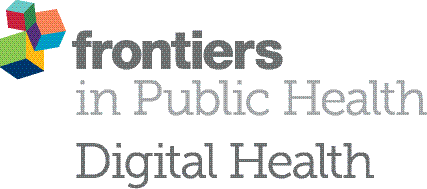Helen Green

Role: Panellist and Invited Speaker
Affiliation: Public Health England
Biography:
Helen Green is an epidemiologist currently training in public health in the UK. She has worked in infectious disease and mortality surveillance nationally and internationally, including consulting for UNICEF and WHO. Her interests and areas of work focus on translating data into public health action, exploring the utility of big data and technology in healthcare, and global health. She is currently involved in reviewing the ethics and potential of big data for health surveillance and the role of mortality data in disaster risk reduction, with consideration of its definition, calculation and interpretation.
Abstract:
The Sendai Framework for Disaster Risk Reduction 2015-2030 aims to reinforce the shift in policy and practice of governments and stakeholders from managing disasters and other events to managing disaster risk. The Framework’s success will be assessed through action at all levels—local, regional, national, and global. Its first global target is to: ‘substantially reduce global disaster mortality by 2030, aiming to lower the average per 100,000 global mortality rate in the decade 2020–2030 compared to the period 2005–2015’. In measuring success against meeting this target, it is important to recognise the difficulties associated with quantifying and interpreting disaster mortality statistics. For instance, the agreed definition of a death caused by disaster needs to adequately address whether they result directly from the event or indirectly from other causes, and the length of time following a disaster that a death is attributable to it. Focusing on deaths occurring during and directly after a disaster will often lead to an underestimation of mortality, particularly for certain types of hazards such as drought and cold weather. What is moreover important, is continuing to collectively overcome these difficulties. Classically, estimation of disaster mortality is reliant upon valid, timely, ethically collected standardised data. Key data sources include vital registration statistics and household surveys, using which disaster mortality is estimated through counting relevant deaths or statistical inference. Alternatively, the number of deaths during a defined period can be estimated using methodologies such as excess mortality. There can be significant variation between these estimates and consideration needs to be given to the quality of data sources, providing uncertainty ranges and updating estimates when more reliable ones are available. A collective effort is required by all stakeholders to work collectively to generate accurate and consistent data retrospectively and prospectively.
Supported by:













